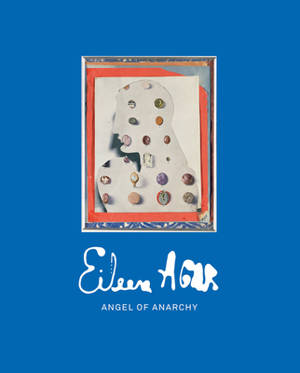
- Retrait gratuit dans votre magasin Club
- 7.000.000 titres dans notre catalogue
- Payer en toute sécurité
- Toujours un magasin près de chez vous
- Retrait gratuit dans votre magasin Club
- 7.000.0000 titres dans notre catalogue
- Payer en toute sécurité
- Toujours un magasin près de chez vous
Description
A major survey of the pioneering cult British painter, collagist and photographer and her unique passage from biomorphic Surrealism to Tachist abstraction
Painter and photographer Eileen Agar (1899-1991) was born in Buenos Aires and spent the majority of her life in Great Britain. In spite of her own pioneering contributions to painting, collage, photography and sculpture, Agar's career has largely been appraised in relation to her connections with major male figures of European modernism such as Paul Nash, Ezra Pound, Roland Penrose and Paul Éluard. This monograph seeks to overturn that narrative and delve into Agar as a fully autonomous artist whose unique style was a crucial element in the development of European culture in the 20th century.Dense with pattern and color, Agar's work across various media draws from Cubist and Surrealist tendencies of material juxtapositions and fractured imagery, evoking emotion through distortion. Alongside reproductions of rarely seen artworks, writer Marina Warner, poet Daisy Lafarge and Agar's biographer Andrew Lambirth reflect on the artist's progressive attitudes toward art, sexuality and art history. The book is published with four different colored covers.
Spécifications
Parties prenantes
- Auteur(s) :
- Editeur:
Contenu
- Nombre de pages :
- 272
- Langue:
- Anglais
Caractéristiques
- EAN:
- 9780854882922
- Date de parution :
- 22-06-21
- Format:
- Livre broché
- Format numérique:
- Trade paperback (VS)
- Dimensions :
- 211 mm x 254 mm
- Poids :
- 1111 g

Les avis
Nous publions uniquement les avis qui respectent les conditions requises. Consultez nos conditions pour les avis.






